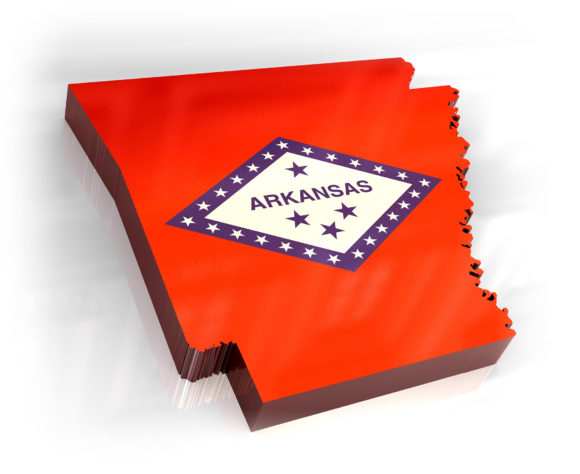The Arkansas River remains too high and fast to assess flood damage in the Little Rock area, officials say.
The U.S. Army Corps of Engineers said the removal of silt and the restoration of the channel for barge traffic are the agency’s biggest concerns.
“The river has changed dramatically,” Col. Robert Dixon told the Arkansas Democrat-Gazette. “We’re not exactly sure where the channel is right now. It may have moved.”
Dixon added that the river is now flowing at 160,000 cubic feet per second, which is unsafe. He noted when flow is back down to its usual 60,000 cubic feet per second, the Corps can begin removing the silt.
Although the Port of Little Rock was spared the worst of recent flooding, so much silt has built up that barges cannot move in the harbor now.
Bryan Day, who heads the port, said it will take at least a month before normal barge operations resume.
“We still have barges to unload. We have trains to unload,” Day said. “We had a very short interruption in business. But compared to my colleagues, we were fortunate.”
Dixon also expressed concern over the ability to get dredging equipment to remove the silt and restore the channel.
“Dredging is going to be a problem for us,” he said. “I’m not going to sugarcoat that at all. There’s a limited amount of dredging assets in the system, and right now we only have one contract open for dredging. That’s to cover for both (Arkansas and Oklahoma).”
Dixon said he’s reaching out to other Corps districts to find available dredging vessels for when it’s time to begin removing the silt.
Federal Food Funding Available
The federal government has said Arkansans in some counties affected by flooding could be eligible for temporary assistance through a food funding program.
The USDA said Friday residents of 12 counties impacted by flooding may be eligible for its Disaster Supplemental Nutrition Assistance Program.
Households who qualify will receive one month of benefits. Only households in areas declared disasters by the president will be eligible for the program.
The department says residents who are not typically eligible for its SNAP funding may still qualify for the temporary disaster assistance if they meet income limits and have qualifying expenses related to flooding.
The 12 counties receiving assistance are Arkansas, Conway, Crawford, Desha, Faulkner, Jefferson, Logan, Perry, Pope, Pulaski, Sebastian and Yell.
Was this article valuable?
Here are more articles you may enjoy.



 Marsh McLennan Agency to Acquire The Horton Group
Marsh McLennan Agency to Acquire The Horton Group  Homebuilders Cut on ‘Sluggish’ Housing Market, Florida Woes
Homebuilders Cut on ‘Sluggish’ Housing Market, Florida Woes  What Happened to Reinsurance ‘Class of 2023’? Hard Market Defies Age-Old Patterns.
What Happened to Reinsurance ‘Class of 2023’? Hard Market Defies Age-Old Patterns.  Woman Used Photos from Another Person in State Farm Claim, NCDOI Says
Woman Used Photos from Another Person in State Farm Claim, NCDOI Says 

